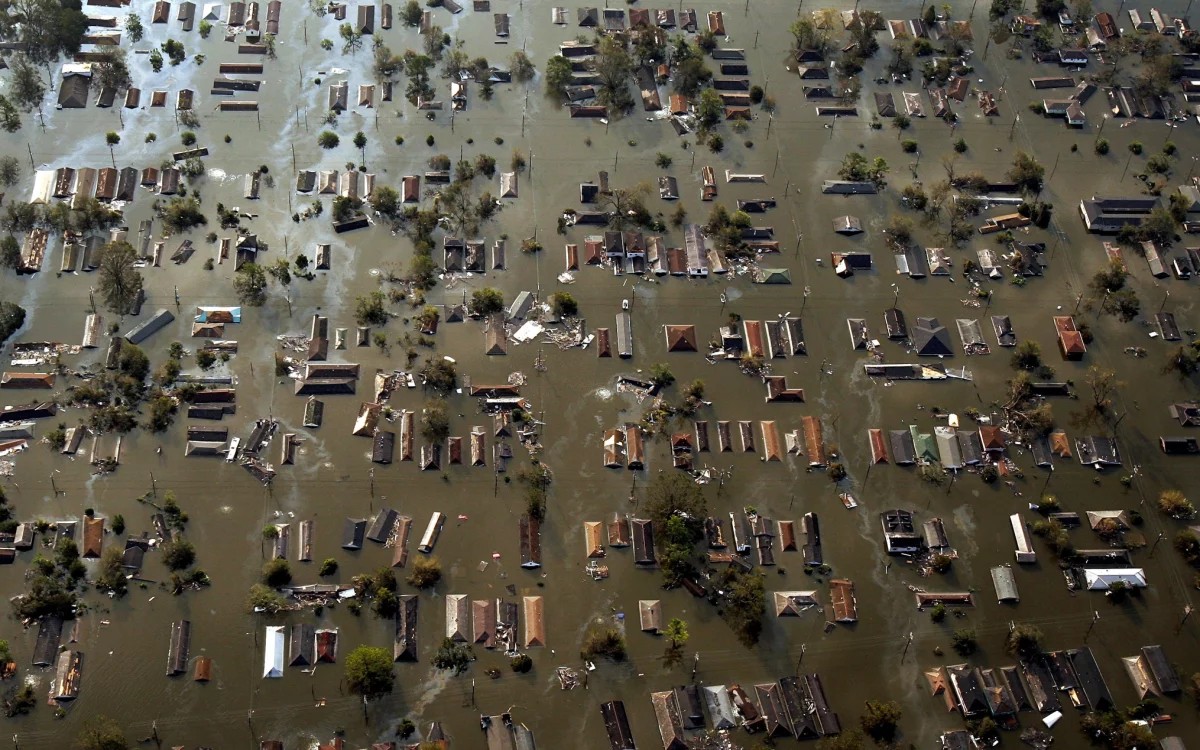Hurricane Katrina is infamous in not only American history but world history. It is also known for a horrible government response to victims which would only increase its infamy.
According to the National Weather Service, Hurricane Katrina first made landfall in Florida on August 25, 2005, as a category 1 hurricane. Three days later, it became a powerful Category 5 hurricane in the Gulf with winds of approximately 175 mph. In the early morning hours of August 29th, 2005, Katrina made landfall near Empire, Louisiana as a Category 3 hurricane.
The storm surge created by the hurricane was what made it catastrophic. According to the National Weather Service, the storm surge was anywhere from 4 to 20 feet along the coast of Louisiana, Mississippi, Alabama, and Florida. This immense storm surge caused the Lake Pontchartrain levee system to fail, flooding a majority of New Orleans.
People were seen on the roof of their houses waiting to be rescued until federal authorities would be able to take them to safety. Approximately 1,883 people died from the storm. According to the National Weather Service, this is one of the deadliest storms in American history.
It was also responsible for approximately $125 billion dollars in damage which ties the record with the more recent Hurricane Harvey for the costliest tropical cyclone in the world.
Hurricane Katrina still has impacts today, especially in New Orleans. According to the World Population Review, the population of New Orleans has declined every year since 2005 except for brief growths from 2011-2016.
Many people in the Southeast will always remember the horrific memories of Hurricane Katrina regardless of how much they were impacted. Across the country and the world however, it will be a storm in the history books forever.
Netflix has just released a documentary on the 20-year anniversary of the storm which talks about the untold stories of the storm and its aftermath.





